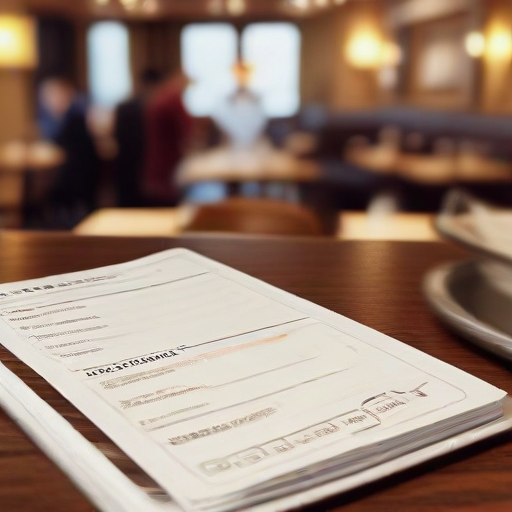Dining out in New York City has reached a new level of complexity, as securing a reservation at the most coveted restaurants has become exceedingly difficult. The past three years have seen the competition for dining spots intensify, leaving many eager food enthusiasts struggling to book a table at the city’s hottest venues.
Joel Montaniel, the CEO of the booking platform Sevenrooms, highlighted this growing issue, remarking that even experienced restaurateurs share their frustrations in navigating the reservation landscape. This has prompted New York state legislators to take action, recently voting to prohibit third-party booking sites like Appointment Trader, which allowed users to resell restaurant reservations for inflated prices—sometimes upwards of $200—a practice reminiscent of ticket scalping for concerts and sporting events.
Melissa Fleischut, President and CEO of the New York State Restaurant Association, celebrated this legislative move as a significant win for the hospitality sector. She believes it will diminish the competitive pressures surrounding reservations and help protect restaurants from costly no-shows and cancellations.
Despite these developments, the reality remains that demand for trendy and luxurious dining experiences continues to exceed supply. Travel advisor Jaclyn Sienna India, with over 16 years of experience in curating upscale experiences for affluent clients, noted that the post-COVID-19 world has resulted in fully booked flights, hotels, and restaurants. She emphasizes that gaining access to sought-after dining spots hinges on understanding client preferences and fostering relationships with restaurant owners.
India observes that the trend in dining has shifted from fine dining experiences to vibrant, trendy venues where the social prestige of dining becomes as important as the food itself. The phenomenon, often driven by the fear of missing out (FOMO), turns dining into a means of social status as much as a gastronomic adventure.
For those determined to snag a reservation at one of New York’s most exclusive restaurants, it’s essential to cultivate persistence and insight into the dining landscape.
This situation highlights an intriguing dynamic within the hospitality industry—while the challenges are significant, there’s also a sense of community and camaraderie among food lovers and restaurateurs. The rise of exclusive dining experiences may inspire innovative approaches to customer engagement, potentially leading to new opportunities in the sector.
In summary, while getting a table in New York may feel like a daunting task, the evolving landscape offers an exciting challenge for both diners and restaurants to adapt and thrive amid heightened competition. With dedication, creativity, and relationships, the joy of dining out can still be experienced by many.
